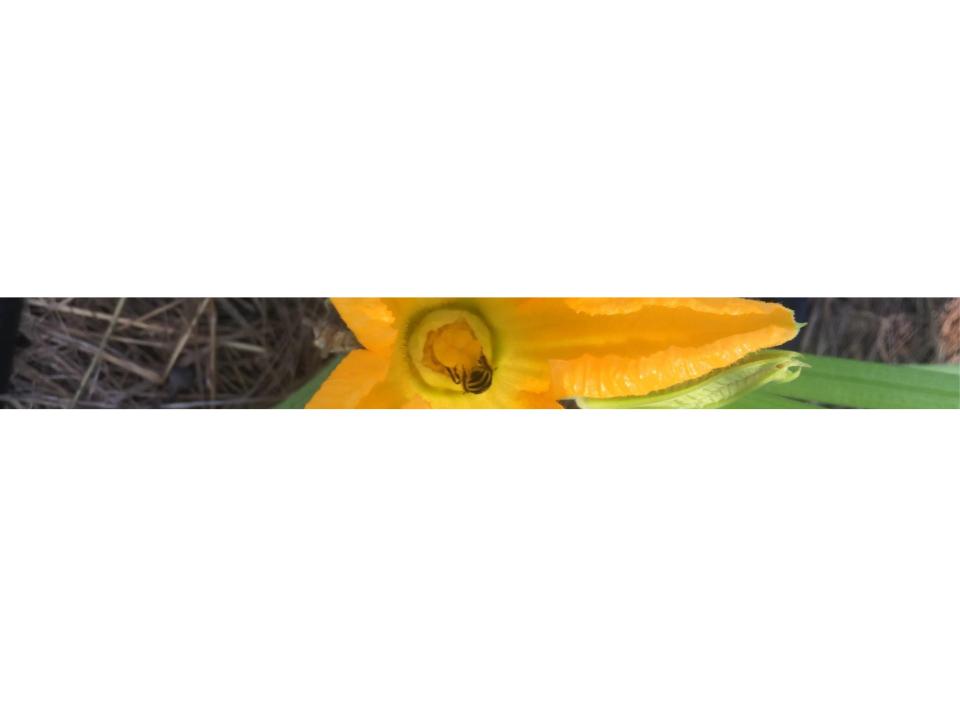Results: Polyculture vs. Bio-Intensive
Below are the production results of two sides of my garden. Two different styles of planting. On the south half I planned my plantings via polyculture. The three sisters planting, to be specific. On the north side, I planted more bio-intensively. Before the results, here is a breakdown of the differences between polyculture planting and bio-intensive planting:
POLYCULTURE { } BIO-INTENSIVE
PLANTING AS A GUILD { } ONE - TWO CROPS TOGETHER
MULTIPLE PLANT FAMILIES IN ONE GUILD { } ONE CROP WITH COMPANION OR N FIXER
PLANTED IN A TRIANGLE PATTERN { } PLANTED IN ROWS
PLANTED WITH ADEQUATE SPACING { } PLANTED IN ROWS CLOSE TOGETHER
WHAT WAS PLANTED?
Cucumber, sweet corn, pole beans, tomato, basil { } (More) Cucumber, (less) sweet corn, (less) pole bean.
Transplanted in June { } Direct-seeded in July
RESULTS
Averaging three cucumbers per plant { } Averaging four cucumbers per plant
Less cucumber bunching, more competition for light { } Cucumber take-over, less competition for light.
Conclusion:
I found that in the polyculture method, cucumbers reverted to climbing the sweet corn as a trellis to find light. This then shaded surrounding plants such as basil, beans, and other slower growing cucumber. In the bio-intensive method, the cucumbers quickly took over the surrounding space and blocked out any plants I did not plant.
For a small garden, the polyculture method is a great choice as a singular guild. A guild is a group of plants grown together for a symbiotic relationship, relaying on each other. This particular guild (corn, cucumber, bean, basil, tomato) is best grown by itself, not close within a row of guilds.
For cucumber production, the bio-intensive method is preferred. It has more cucumbers per plant and the blossoms are very close together, proving beneficial for pollination. Bio-intensive also means that the cucumbers are planted closer together than recommended spacing, increasing productivity.



